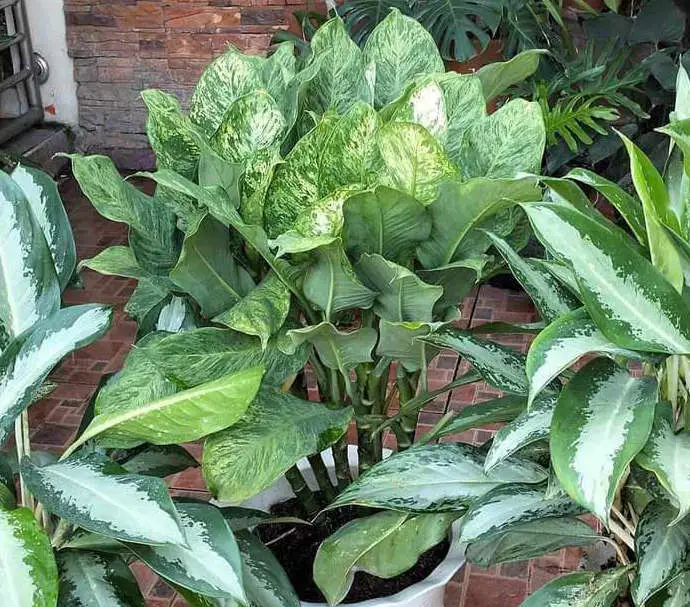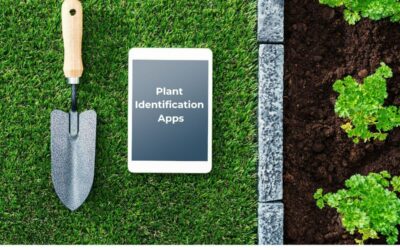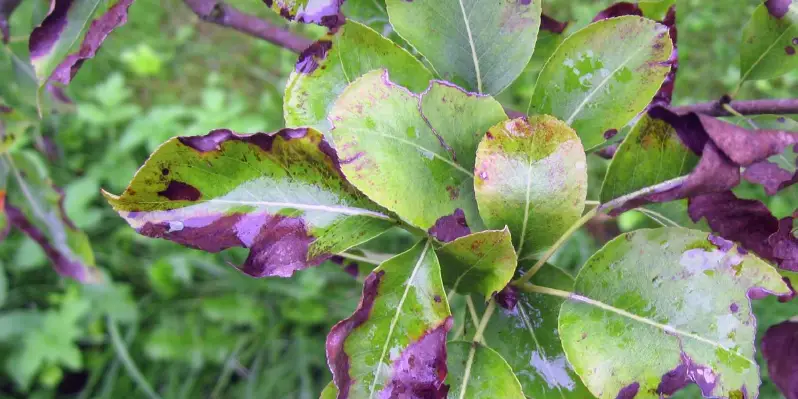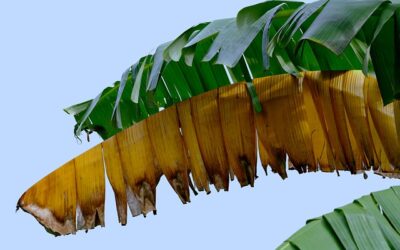Moss is a type of plant that can be found in many different environments. It can grow on trees, rocks, and even in water. But should you put it in your potted plants? In this blog, we will explore the pros and cons of adding moss to your potted plants. Let’s find out…
Is Moss Good For Potted Plants?
Yes, moss is good for potted plants because it absorbs water and nutrients from the air, which means that your plant has nutrients and moisture available to it 24 hours a day.
But that’s not all – let’s take a closer look at the benefits of moss in potted plants.
1. Helps retain moisture
Soil tends to dry out quickly, especially when the air is hot and dry. This can be a problem for your plant because it needs moisture to survive. But moss can help!
Moss absorbs water and prevents the soil from drying out so quickly. This means that your plant will always have access to moisture, even if you forget to water it for a few days.
In fact, the moss acts like a mulch that helps regulate the temperature and moisture of the soil. Moss also helps keep the roots of your plant cooler in hot weather and warmer in cold weather. This is because moss insulates the roots from extreme temperatures.
2. Boosts plant aesthetics
We all want our potted plants to look their best. But sometimes, soil can make them look a little plain. That’s where moss comes in!
Moss can add a touch of elegance and beauty to your plants. It comes in a variety of colors, including green, red, orange, and even purple! So you can find the perfect color to match your plant.
Plus, moss is soft to the touch, which adds extra texture and interest to your potted plants.
3. Improves plant health
Moss not only helps your plant retain moisture, but it also provides nutrients. Moss contains nitrogen, phosphorus, and potassium – all essential nutrients for plant growth.
Plus, moss absorbs carbon dioxide and produces oxygen, which is vital for plant health. In fact, many people use moss to improve the air quality in their homes!
There you have it – three reasons why moss is good for potted plants! So if you’re looking for a way to improve the health and appearance of your plants, consider adding some moss to their pot. Your plants will thank you for it!
What’s the Best Moss for Potted Plants?
There are thousands of species of moss, but not all of them are ideal for potted plants. In general, you want to choose a moss that is easy to care for and doesn’t require too much water. Some of the best mosses for potted plants include:
1. Sphagnum Moss
Sphagnum moss is one of the most popular types of moss for potted plants. It’s easy to find and relatively inexpensive. Plus, it holds a lot of water, which is perfect for plants that need extra moisture.
It comes from sphagnum bogs, is dried, and then sold in bags. Sphagnum moss is light-colored and has a spongy texture. It’s used around the perimeter of the soil to help hold moisture in.
2. Peat Moss
Peat moss is another popular type of moss for potted plants. It’s made from decomposed plant matter and is found in bogs. Peat moss has a high water-holding capacity and is rich in nutrients, making it perfect for potted plants.
Peat moss is sold in bags and is usually brown or black in color. It’s often used as a soil amendment to improve drainage and aeration.
3. Spanish Moss
Spanish moss is a type of air plant that grows on trees in warm, humid climates. It’s not actually a moss, but it has a similar appearance. Spanish moss is light and fluffy with a silver-green color.
It’s often used as an ornamental plant because of its beautiful cascading shape. But Spanish moss can also be used to help retain moisture in potted plants and hanging baskets.
So there you have it – three of the best mosses for potted plants! Now that you know which moss to choose, you can add it to your plant’s pot and enjoy all the benefits it has to offer.
How Do You Use Moss for Potted Plants?
You can buy pre-mixed potting soil that contains moss, or you can add moss to your existing potting mix. Here’s how to do it:
- Purchase some peat moss, potting soil, perlite, and fertilizer
- Empty some of the peat moss into a bucket and leave it outside to dry for a few days to soak up moisture. If the weather is dry, use a spray bottle to lightly mist the peat moss
- Mix the moss with the potting soil and perlite in equal proportions, and then use a fork to aerate the mixture
- Add fertilizer to the mixture and mix it in well. Be sure to read the instructions on the fertilizer packaging to determine how much to add
- Fill your plant’s pot with the mixture, and then water it well. Be sure to keep an eye on the moisture level and water as needed
And that’s all there is to it! Now you know how to use moss for potted plants. So go ahead and give it a try – your plants will thank you for it!
Are Moss Poles Good for Potted Plants?
A moss pole is a long, slender pole that is covered in moss. Moss poles are often used as support structures for potted plants. They can help to keep your plant upright and prevent it from toppling over.
Moss poles are also beneficial for plants that need extra moisture. The moss helps to hold water and can provide a source of hydration for your plant. Plus, the moss will help to keep the soil around the roots of your plant moist.
If you’re looking for a way to support your potted plant, consider using a moss pole. Just be sure to choose one that is the right size for your plant and pot.
Conclusion
In conclusion, moss is good for potted plants. It helps to retain moisture, provides nutrients, and improves plant health. Plus, it’s easy to care for and doesn’t require too much water. So if you’re looking for a way to improve the health and appearance of your plants, consider adding some moss to their pot.
I hope this article was helpful. If you have any questions, please feel free to leave a comment below and I will be happy to answer them!
Tim is an avid gardener from the UK. He was the founder of PlantCarer.com from 2021 to Sep 2023. He sold PlantCarer.com to Aaron. He has since started his own business called Seed To Supper, which provides new gardeners all the materials you need in a box (pots, seeds, compost and instructions) to grow your own delicious and nutritious vegetables and herbs from start to finish – no garden required.








0 Comments